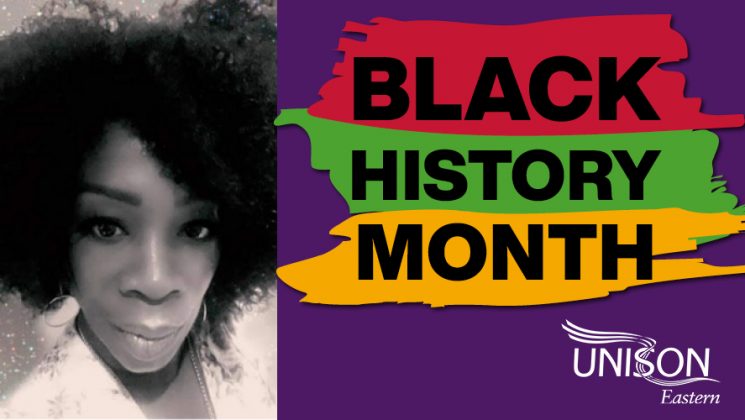October 1987 started with Whitney Houston in the UK number 1 spot with Didn’t We Almost Have it All and ended with Michael Jackson’s Bad – oh the memories!
It’s easier to remember the achievements of Black music artists who at the time were visible and audible to all. This is not the case for Black achievers who invented, created and bravely pioneered movements on behalf of not only their own communities, but the world.
But why did we miss out on such knowledge? On one hand we were not taught about Black achievements, but educators have also found it easier to airbrush out Black innovators of everyday items.
For example the lightbulb would not have been successful without Lewis Latimer’s invention of the filament. Charles R Drew’s blood transfusion continues to save countless lives and Garratt A Morgan’s early automated traffic system shaped today’s traffic lights. Everyday items, taken for granted by all.
October 1987 was also the launch of British Black History Month, a small affair compared with today’s celebrations and, to be honest, it passed me by. This pioneering event occurred within weeks of my first youth work role which, I started while still being classed as a young person myself.
I started my professional journey working alongside Black, white and multi-cultural peers, who, like me, had little knowledge of the historical African diasporic existence.
This was a pivotal starting point which helped to shape and guide my journey as advisor, advocate, befriender and educator to young people within youth work, extended schools, community development, further education and the youth justice system for more than three decades.
Through the years, while enriching knowledge of my own history, I engaged young people in youth clubs, via detached youth work on urban streets, a mobile youth bus in rural villages, in the classroom, the kitchen, music studio, on the stage, in residential locations and settings and the sports field.
It is ironic to think that all these methods of engagement, from music and the arts to cooking and sport can be linked to Black culture and its achievers past and present.
But raising awareness of Black history and achievement among my colleagues was, at times, a challenge.
While some embraced my contributions to staff training days, decorated display boards, quizzes, games, focussed assemblies and tutorials, I often felt that once the BHM box was ticked, it would then be shelved until the following October.
My vision throughout the years has always included year-round provision and learning within all arenas, not just the odd notice board display or quiz.
I have embraced October celebrations throughout the years with the view that it will become a springboard for wider learning.
My work continues to create opportune moments to incorporate discussions, presentations and displays which enable young people and colleagues to learn alongside each other. I continue to identify and incorporate everyday experiences which become teachable moments to promote learning around Black history in each professional arena I encounter, for example, by encouraging the voice of emerging generations.
At a recent supplementary school pilot, children and young people said they would like to learn about Black history on a consistent basis – I feel they deserve to be listened to.
I continue to strive and hope that Black history will be embedded into the mainstream curriculum across all key stages, enabling education professionals to accept this as year-round history for all, taught by all, learned by all – without awkwardness, myth or guilt.

